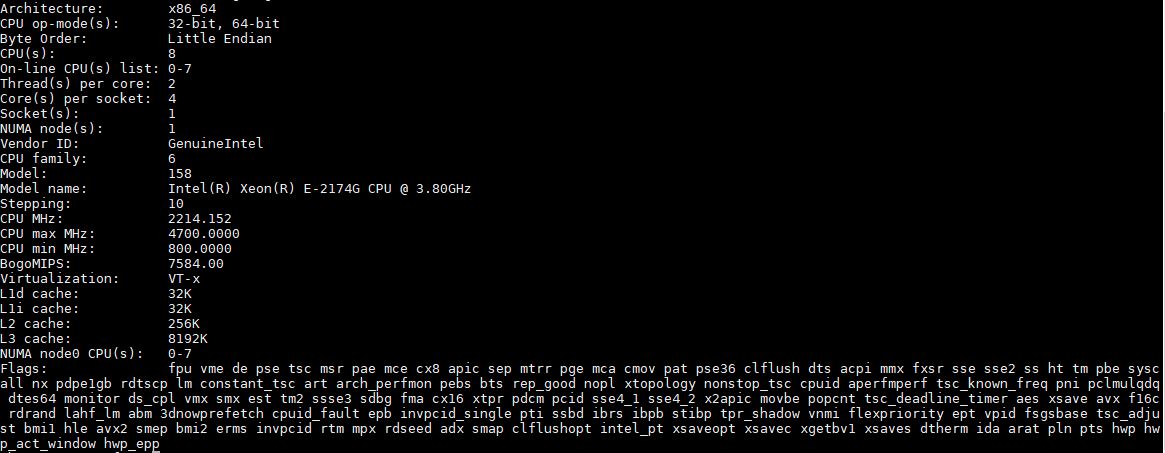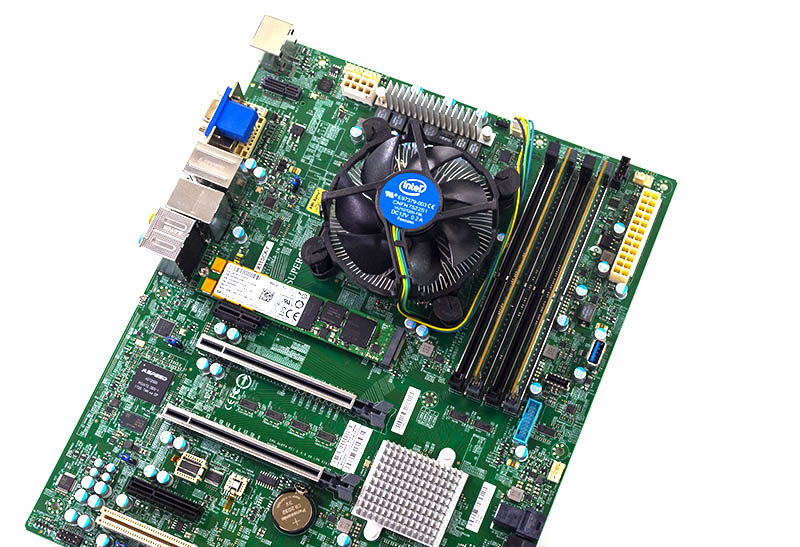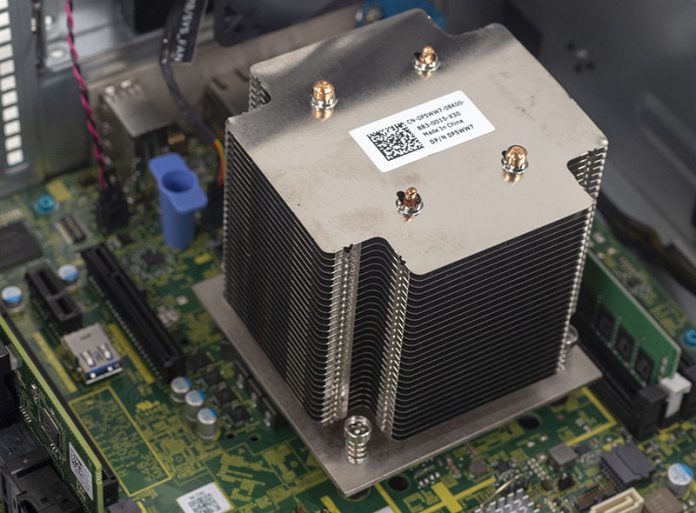Our Intel Xeon E-2174G review is the first 4 core/ 8 thread Intel Xeon E-2100 series review we have done. At STH, we already have published benchmark pieces of all 6 core/ 12 thread Intel Xeon E-2100 series CPUs. Let us be clear if you are looking for significant generational performance improvements, Intel has a line of CPUs with more cores for the same platforms. What the Intel Xeon E-2176G offers is the same high clock speeds, an integrated GPU, and the same new features all in a lower power processor.
Key stats for the Intel Xeon E-2174G: 4 cores / 8 threads and 3.8GHz base clock and 4.7GHz turbo boost with 8MB cache. The CPU features a 71W TDP which is significantly lower than many of the 6 core parts. Featuring a list price of around $330 which is on the higher end for a quad-core part today, this is not inexpensive. Here is the ARK page with the feature set.
Here is what the lscpu output looks like for the chips:

That 4.7GHz maximum turbo clock is excellent, and for some applications, it will be the deciding factor. Unlike the Intel Core i3-8100 and Core i3-8300, these parts get hyper-threading and high turbo clocks.
Test Configuration
Here is our basic configuration for this class of CPU:
- Motherboard: Supemicro X11SCA-F
- CPU: Intel Xeon E-2174G
- RAM: 4x 8GB DDR4-2666 ECC UDIMMs
- SSD: Intel DC S3710 400GB
- SATADOM: Supermicro 32GB SATADOM
The CPU itself supports up to 64GB of RAM, in a 4x 16GB configuration, today. Intel specs say that as 32GB ECC UDIMM modules become available, the CPUs will support 128GB in 4x32GB configurations. We see these platforms using 32GB or less given cost sensitivities.

There are going to be folks who want to point to AMD alternatives. As of this writing, there are no alternatives in this space because while AMD may have competitive CPU parts, vendors have a vibrant Intel Xeon E-2100/ Core i3 ecosystem. AMD needs to do some work here to catch up, but it is not a focus market for them. Single socket servers in this segment are a relatively low volume area.
Next, we are going to take a look at our Intel Xeon E-2174G benchmarks; we are then going to focus on power consumption then conclude with our final words on the processors.





I’ve been looking at getting an E-2100 for my homelab, but right now these CPUs still seem to be missing from the retail channel. The entry line provides a lot of value for the price. You can opt to fill in one or two of the platform gaps like 10G networking or storage via PCIe and make a strong case against both C3000 and D-2100. Unless the higher memory capacity is a sticking point, the value dollar probably goes with the E-2100 platform.
You need better, or some, proofreading of this article as there are many errors.
It’ll be game changer when AMD makes a full push with ECC memory.
AMD should enter into this niche of Xeon E and Xeon W. Could it be possible to encapsulate an Epyc of 6 or 8 cores in an AM4 socket? It would be unbeatable in price and performance.
> “Intel specs say that as 32GB ECC UDIMM modules become available, the CPUs will support 128GB in 4x32GB configurations.”
Status: Sample
2933 Mbps: https://www.samsung.com/semiconductor/dram/module/M391A4G43AB1-CVF/
2666 Mbps: https://www.samsung.com/semiconductor/dram/module/M391A4G43MB1-CTD/